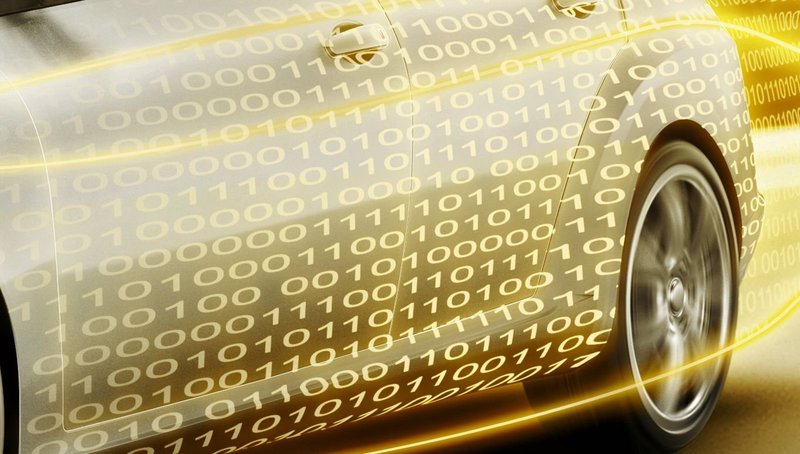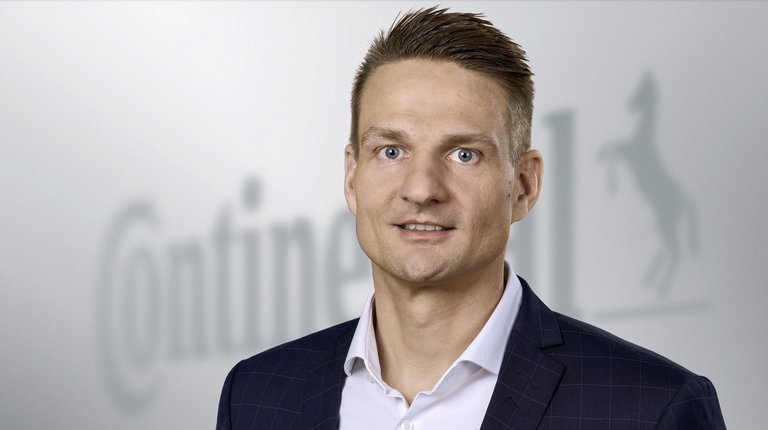Connected mobility – intellectual property has never been more important
In 2020, Continental, therefore, invested more than 3.4 billion euros in research and development. We have more than 21,000 software and IT specialists around the globe improving and developing new solutions – many of them dealing with connectivity. Thanks to them, new solutions are being developed, such as our e-Horizon platform. Even today, more than 90% of our products at Continental Automotive have at least one software component. With the growing share of connected electronic components, the patent density in vehicles has also significantly increased. Already a simple function may contain a four-digit number of individually protected inventions. These originate from a large number of different suppliers and upstream suppliers.
To give just one example: For our high-performance computer (In Car Application Server 1), which we’ve developed for the fully electric VW ID. Vehicles in total 19 companies have developed and delivered software. Anyone who deals with patent protection and the protection of intellectual property and connectivity in the age of digitalization has to deal with very complex developments and approval processes. Not least to reduce this complexity to a necessary level, more and more standards are finding their way into cars as the number of digital applications grows.
Standards for mobile transmissions such as Bluetooth, LTE/4G or 5G are just one example, and are currently keeping the industry particularly busy because of the growing number of wireless technological solutions such as over-the-air updates for vehicles. These standards simplify interoperability, but are a special case in terms of patent protection law, which currently leads to many court cases. (See interview with Dr. Roman Bonn). This could become a real stumbling block for the Internet of Things, which experts believe has enormous growth potential because connectivity is a central building block for environmentally friendly mobility and industry. Forecasts predict that by 2025, 38.6 billion devices worldwide – smartphones, cars, agricultural and construction machinery, energy meters, etc. – will be connected to the Internet of Things. By 20230, that number could reach 50 billion.
Mobile communication standards, however, are only the beginning. Because machines – whether cars or other devices – increasingly contain more electronics and software brought in by many different suppliers and service providers, the need for standardisation in electronics and software is also increasing. This is the only way to ensure that interfaces function seamlessly. Court disputes, as we are currently experiencing with patents for mobile phone standards, should not become a blueprint for other standardisations.
This makes it even more important to have a modern legal framework for the Internet of Things that promotes innovation and growth rather than putting the brakes on them. Currently, there are many national and international hurdles – for example, such as different interpretations of fair rules for licensing patents implemented in standards or the special construction of German patent law with the globally unique injunction action, which is the reason why “Non-practising entities” (NPE) particularly prefer to take international corporations to court in Germany. (More information can be found here in our patent glossary).
The growing importance of standards and patents implemented in them is not only a concern of the European Commission. With the USA, China and Japa, leading industrial nations and communities of states are working on new regulatory and legal frameworks in order to promote innovation and give appropriate consideration to the protection of intellectual property.
Back to overview Intellectual property and innovation in times of transition





